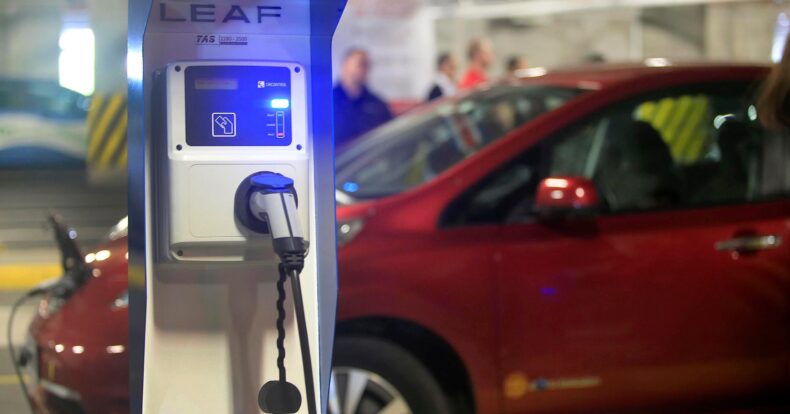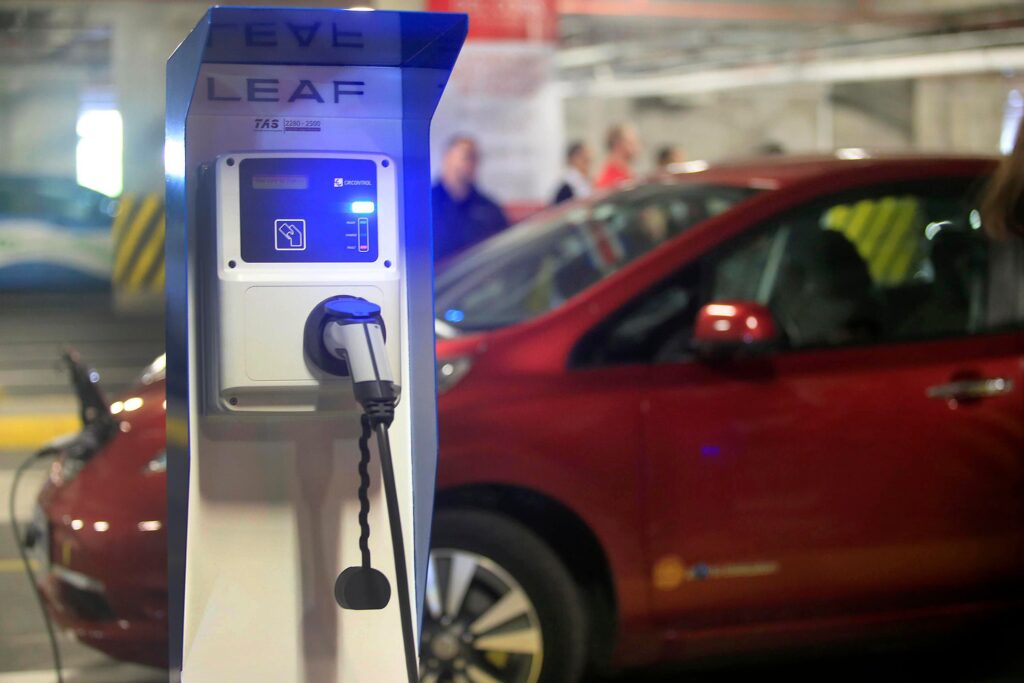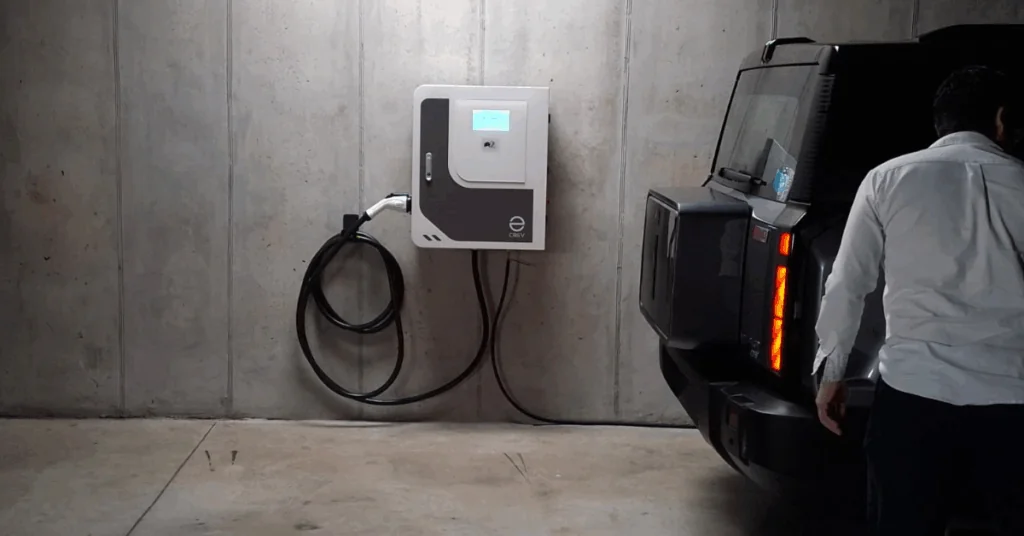Electric vehicles in Costa Rica: progress, challenges, and the role of infrastructure

Costa Rica has reached a new goal in sustainable mobility: for the first time, electric vehicles accounted for more than a quarter of all new registrations in the country. According to data presented by the Costa Rican Electric Mobility Association (ASOMOVE) during the International Electric Mobility Congress, 25.6% of vehicles registered in October were electric, the highest figure in the country’s history.
In total, 1,095 electric vehicles were registered last month, of which 1,029 were private cars. The rest were distributed among motorcycles, special vehicles, and cargo vehicles. This growth consolidates a trend that has maintained momentum throughout the year: in September, electric vehicles accounted for 21.7% of new registrations, in August 19.3%, and in May 18.2%.
As the growth curve continues to rise and accelerate, the country is moving in the right direction.
Silvia Rojas, executive director of ASOMOVE
By the end of September, Costa Rica already had 31,500 electric vehicles in circulation, and projections indicate that the figure could exceed 35,000 before the end of the year. This reaffirms the country’s regional leadership in electric mobility, well above other Latin American nations, although still far from global benchmarks such as Norway, where more than 90% of new sales are electric.



Political impulses and challenges ahead
The transition to cleaner transportation is part of national efforts to reduce carbon emissions and modernize public transportation. This issue has gained political prominence, especially in light of the 2026 presidential elections. During the congress, pre-candidates Claudia Dobles, Juan Carlos Hidalgo, and Álvaro Ramos expressed their support for the electrification of transportation and the creation of an integrated system with updated regulations.
However, the growth faces a key obstacle: charging infrastructure. There are currently only 78 charging stations nationwide to serve more than 35,000 electric vehicles, which equates to one charger for every 448 cars. Rojas stressed the urgency of expanding this network and ensuring reliable charging points.
People need stations that work well, without complications, every time they connect their vehicle.
To address this need, ASOMOVE supports Bill 24.171, which would allow private companies to install stations and sell charging services, thereby opening up the market and improving access for users.
Electric vehicles: Chinese dominance and economic benefits
Chinese brands dominate the Costa Rican market, accounting for around 70% of electric vehicles in circulation. Models such as the BYD Seagull stand out for their low operating and maintenance costs, attracting consumers seeking alternatives to rising fuel prices.
Since 2018, the government has maintained tariff exemptions for the importation of electric vehicles, which has favored the expansion of the sector, even despite the gradual increase in taxes on hybrids.
On a regional level, the electric fleet in Latin America and the Caribbean exceeded 444,000 units in 2024, almost triple the number from the previous year. Costa Rica contributed more than 29,000 of these vehicles, equivalent to 16% of new electric registrations in the region. Although Brazil and Mexico lead in total volume, smaller countries such as Guatemala and the Dominican Republic are also showing rapid growth.
New steps towards clean mobility
October also marked another important milestone: the arrival of the first electric buses that will begin testing in public fleets. According to ASOMOVE’s monthly magazine, electric vehicle registrations have remained above 800 units per month since spring, a sign of market consolidation.
The Electric Mobility Congress also served as a space for innovation and reflection on the role of sustainable transport in reducing oil dependency. Globally, electric vehicles prevented the burning of 1.3 million barrels of oil per day last year. For a country whose electricity matrix is mostly renewable, this transition promises cleaner air and lower costs for drivers.
More and more users are pointing out the savings in fuel and maintenance, as well as the good performance of the vehicles in urban and rural environments. In addition, community networks have been formed to support charging in remote areas, demonstrating that electric mobility can also be collaborative.
Sensorial Sunsets





